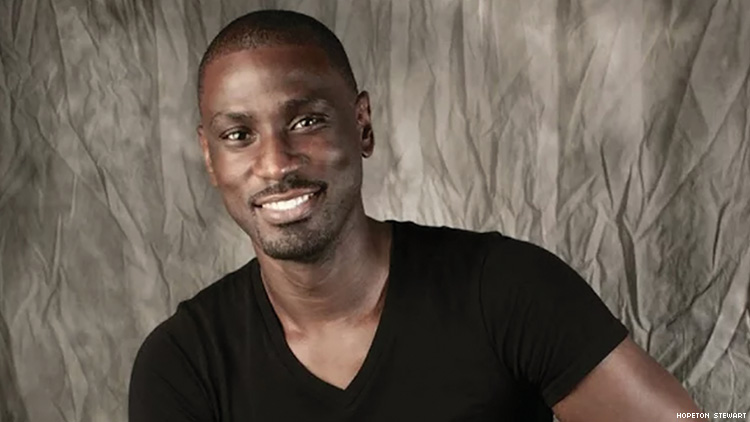There is great pressure to be fit nowadays. In this digital age, we’re bombarded with images of body perfection — strong legs, toned arms, and gaunt faces (much of it created through Instagram filters and Facetune). Some advocates have challenged the reverence of these images, yet most of that conversation has been geared toward women and girls. But what about the boys? Men also struggle with body image and have weird relationships with food, myself included. How are we able to find our true voices when we live in a world that tells us the fitter we are, the better we are?
Some might question why a man who is 6 foot 4 inches with an athletic build has any thoughts on food and body image, let alone experience with these issues. But believe me, I have grappled with them since childhood. I was a thin, gangly, long-limbed child from birth. It wasn’t until I reached puberty that I noticed my thighs had gotten denser and my pants didn’t fall or gather like they used to.
I also noticed how my jeans were full — full of me that is. The sides of my torso pinched at the waist of these jeans, and while I thought at the time I just needed to get new jeans like I did every few months or so, this time was different. My mother would poke at my thighs and say, “I don’t know where all this came from.”
So I decided to eat a little less, even though other boys my age were encouraged, even expected, to eat heartily. No child wants to be prodded and called “husky” or “chubby.” At 12 years old, I started giving away half of my lunches and skipping breakfast because I was “just going to eat again in a few hours anyway.” While other boys were having second helpings at lunch, I mastered the art of holding my stomach in.
Puberty progressed and everything started to fall into place. During my freshman year of high school, my body began to look more like a man’s — broader shoulders, thicker arms, more solid torso. As a matter of fact, at 15, my body was probably manlier than most; I was already 6 foot 3 inches and 200 pounds. By professional standards, that height to weight ratio is healthy, but what kid wants to say he weighs 200 pounds while his closest friends are a fraction of that? What I didn’t account for was that those friends were also a fraction of my height. Despite it all, in my head, I was a 200-pound kid with a skinny brother and a skinny dad and skinny friends. I wanted to be skinny, too.
Interestingly enough, my thinner friends also dealt with body image issues. More than a few men and boys have shared their feelings about arms too thin, chests too narrow, legs too bony. Society says muscles represent strength and power and, for many, their absence translates into weakness. It’s time for us to be sensitive to the fact that boys are taught to be big and tough and strong without looking, or feeling, big and tough and strong.
For our first fitness issue, we looked at fitness a bit differently, whether that’s plus-size model and fashion influencer Darnel Ghramm’s recreation of a Calvin Klein shoot; a look inside the boutique fitness center, Ritual Gym, that transformed how people workout in Singapore and now the U.S.; or the health equality-boosting impact of parkour through the fascinating trainers at New York’s Brooklyn Zoo. Men have been conditioned to not talk about health, fitness, body, and mental health issues, but culture is quickly changing.
At Chill, we’re excited to create, continue, and support the unique experiences and journeys of millennial men. At Chill, being you is in and always will be.















READER COMMENTS (